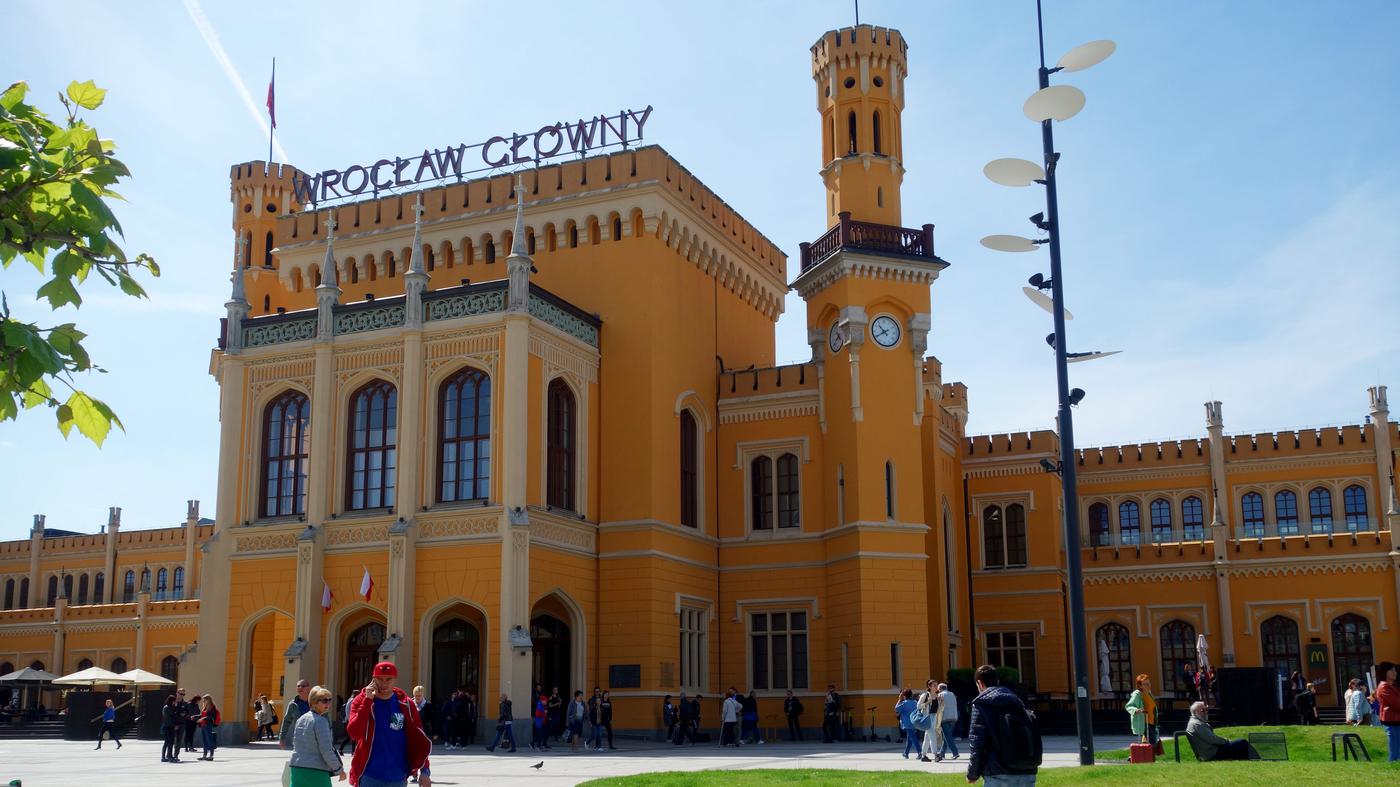The “Culture Train” is now in its ninth year rolling between Berlin and Wroclaw. How successful the project of a transfer-free connection between the two cities iswhich historically has so much in common, could be experienced on the last opening weekend of the 2024 season – the train, which is, well, nothing more than a modest three-part diesel railcar, was completely booked.
The route is not even fully electrified, not to mention the second track. It would be long past time for a comfortable connection at the fabulous speed of the pre-war period, which connoisseurs traveling with us whispered to themselves as “two hours”.
Everything in Wroclaw is modern in terms of infrastructure and service; In these areas, since 1990, Eastern Europe has achieved what the previous real socialism failed to achieve: simply overtaking the West. The whole thing in a cityscape that seems historical, but is largely due to reconstruction.
Wroclaw has overtaken Berlin
Some house facades were simply invented in an “old” way, fitting nicely into the wide square of Rynek, the market square, which is now a tourist attraction. It shows that “new” can also be visibly new the National Music Forum, a block on the outside, a wonderful organism on the inside with an 1,800-seat concert hall and three smaller satellites, and the concert this time, organized jointly by young talent from both orchestra academies from Berlin and Wroclaw, was a sheer pleasure.
Incidentally, the concert hall does not follow the “Weinberg” model that the architect Hans Scharoun tested with the Berlin Philharmonic, but remains with the older furnishings. The fact that Scharoun, a professor at the Breslau Art Academy since 1925, was already building in that timelessly modern, organic way is shown by his “single dormitory” in the Werkbundsiedlung from 1929, on the green outskirts of Breslau.
The Werkbund, which was founded in Germany before the First World War, encouraged six such settlements, starting with Stuttgart in 1927; Zurich, Vienna and Prague were later added. Wroclaw was designed as a regional project, which is why it remains less noticed today – but no less worth seeing. And if only because of the connection in the person of Hans Scharoun, from Breslau to Berlin, so to speak. But today, fortunately, in both directions.
